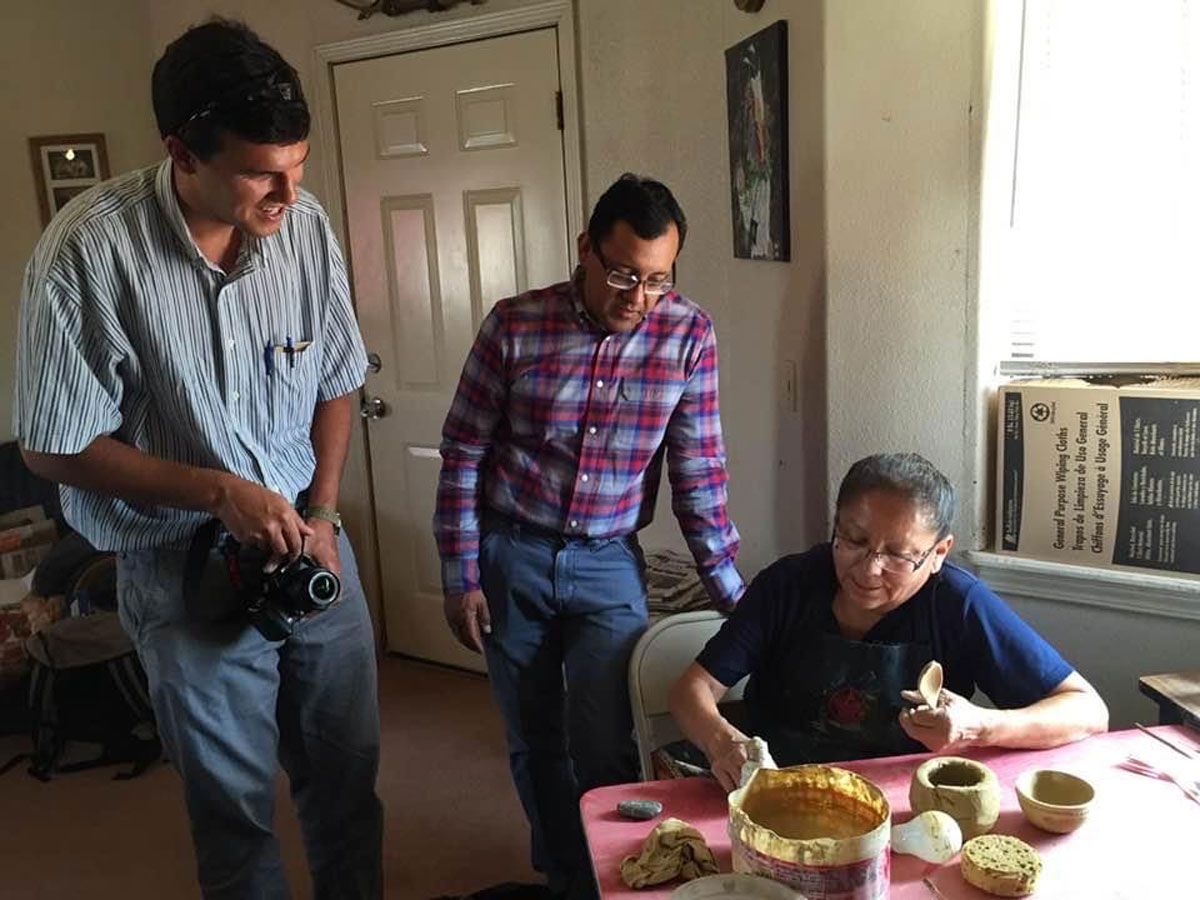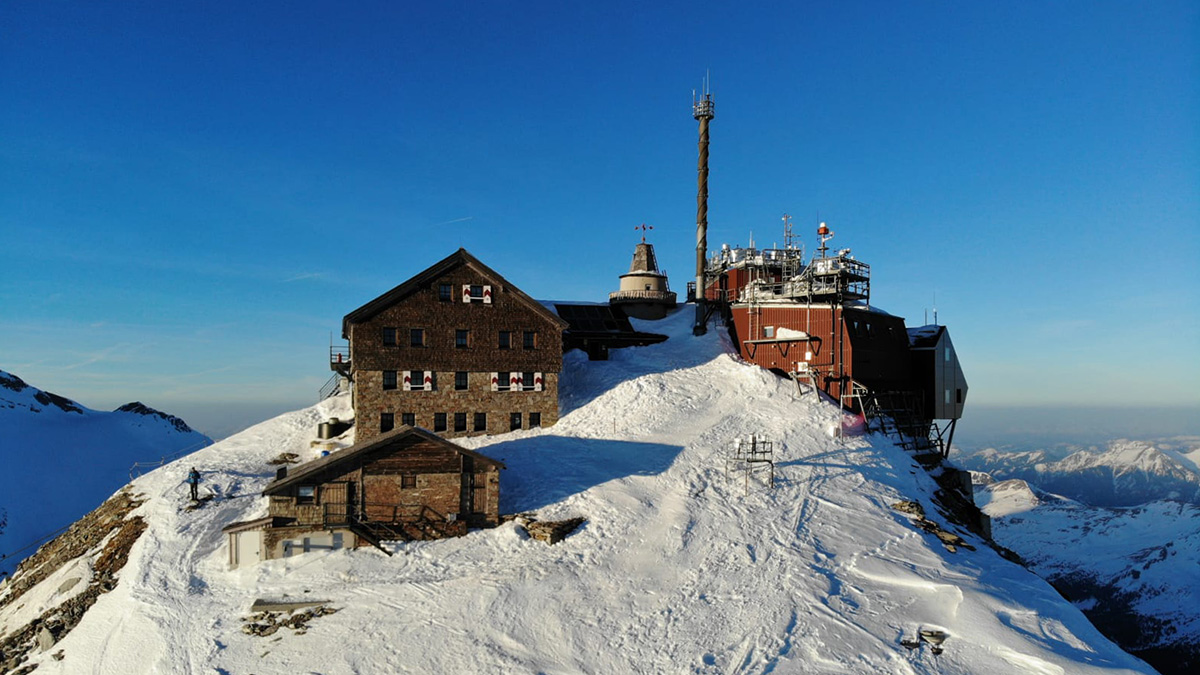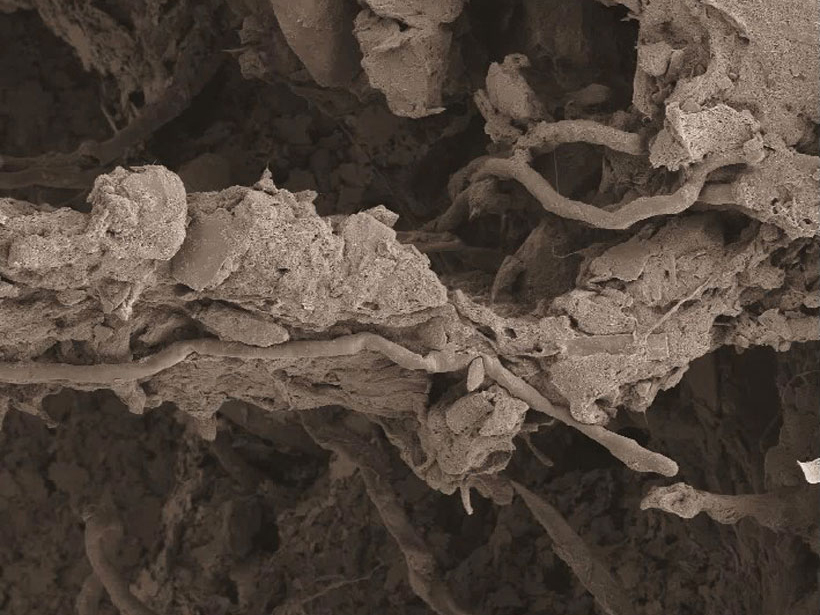A collaboration between researchers and a Navajo Nation potter has yielded an effective and culturally appropriate water treatment device.
nanotechnology & the nanoscale
CO2 Reduces the Onset of Fracturing at the Nanoscale in Quartz
Large scale molecular dynamics simulations unravel the coupled processes at work during fracturing and flow of carbon dioxide and water in quartz grains at the nanoscale.
Pushing the Limits of IR Spectra: Using Nano-FTIR on Meteorites
A new method, nano-FTIR, is used to examine microstructures and processes on grains, displaying its benefit for examining asteroid returned samples through a meteorite.
The Alps Are Dusted with Nanoplastics
A new study finds the lofted pollutants came from major European cities, but further study is required to fully understand the plastics’ transport and deposition processes.
The Future of Big Data May Lie in Tiny Magnets
New research in the field of neuromorphic computing uses tiny magnets and their magnetic fields to optimize computing algorithms.
Apollo’s Legacy: 50 Years of Lunar Geology
Samples of the Moon’s surface brought back by Apollo astronauts ushered in a new era of planetary science. Scientists today continue the legacy.
How to Build a Better Light Trap
Nanosized chambers capture bits of light for infinite amounts of time.
Lab Experiments Show How Fault Surfaces Get Groovy
Formation of nanometer-scale quartz beads could promote linear “slickenline” patterns and facilitate fault movement.
Mineral Flaws Clarify How Diamonds Form
A study of nanoscale, iron- and sulfur-rich impurities in diamonds provides new clues to the chemical processes that produce the superhard crystals and at what depths they occur.
Using Acid and Physical Force, Fungi Burrow Through Rock
Scientists observe the step-by-step process by which a fungus attacks a mineral to extract vital nutrients.









